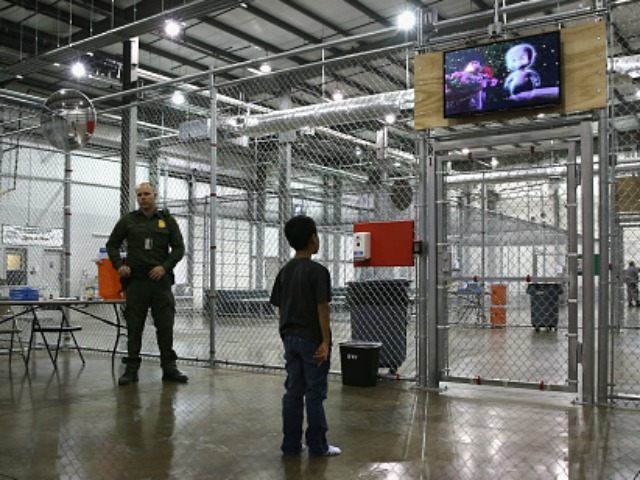As the surge of illegal immigration at the southern border continues, school districts across the U.S. are feeling the strain of educating the tens of thousands of unaccompanied minors who crossed the border illegally and are now entitled to an education in the U.S. — despite their immigration status.
According to The Washington Post, between October 1, 2013 – December 31, 2015, the Obama administration placed 95,000 unaccompanied alien children (UACs) who were apprehended illegally entering the country with family members and sponsors in towns across the U.S. ostensibly to await immigration hearings.
The 95,000 new arrivals do not include the tens of thousands of additional Central American youths who crossed the U.S. -Mexico border illegally as part of a “family unit” and were released into the U.S. They too are entitled to a taxpayer-funded education.
Not only are the Central Americans behind academically, as The Washington Post notes, but many do not speak English and have emotional issues from their hazardous journey north to the U.S.
In a profile of schools’ struggles to manage the situationally diverse student body, The Post looks at the High Point High School in Prince George’s County, Maryland — one of the top-receiving states for unaccompanied alien minors. The 2,400-student High Point has registered 282 new (both legal and illegal) immigrants this year, according to the paper. The year prior it registered 396 new arrivals and 307 the year before that.
The new arrivals have forced changes and required new staffing for the school. High Point principle Sandra Jimenez told The Post that the school has planned for the influx.
Newcomers are enrolled in classes with other newcomers, and Jimenez changed staffing so that some teachers had room in their schedules to add classes as more children arrived. She hired bilingual staff members in key positions, including administrators, secretaries and security guards. There are evening workshops on family reunification. When students need housing or health care, counselors work to connect them with community groups that can help.
Advocates argue schools must offer all the support they can for these new arrivals, especially amid fears of immigration enforcement actions, though such actions have thus far been limited. Others point out that schools are already struggling and should not have to deal with the added strain.
“The cost of meeting the educational needs for the kids who are arriving illegally as part of the surge is the main way that the administration’s policy is burdensome to state and local governments,” Center for Immigration Studies expert Jessica Vaughan told The Post.

COMMENTS
Please let us know if you're having issues with commenting.